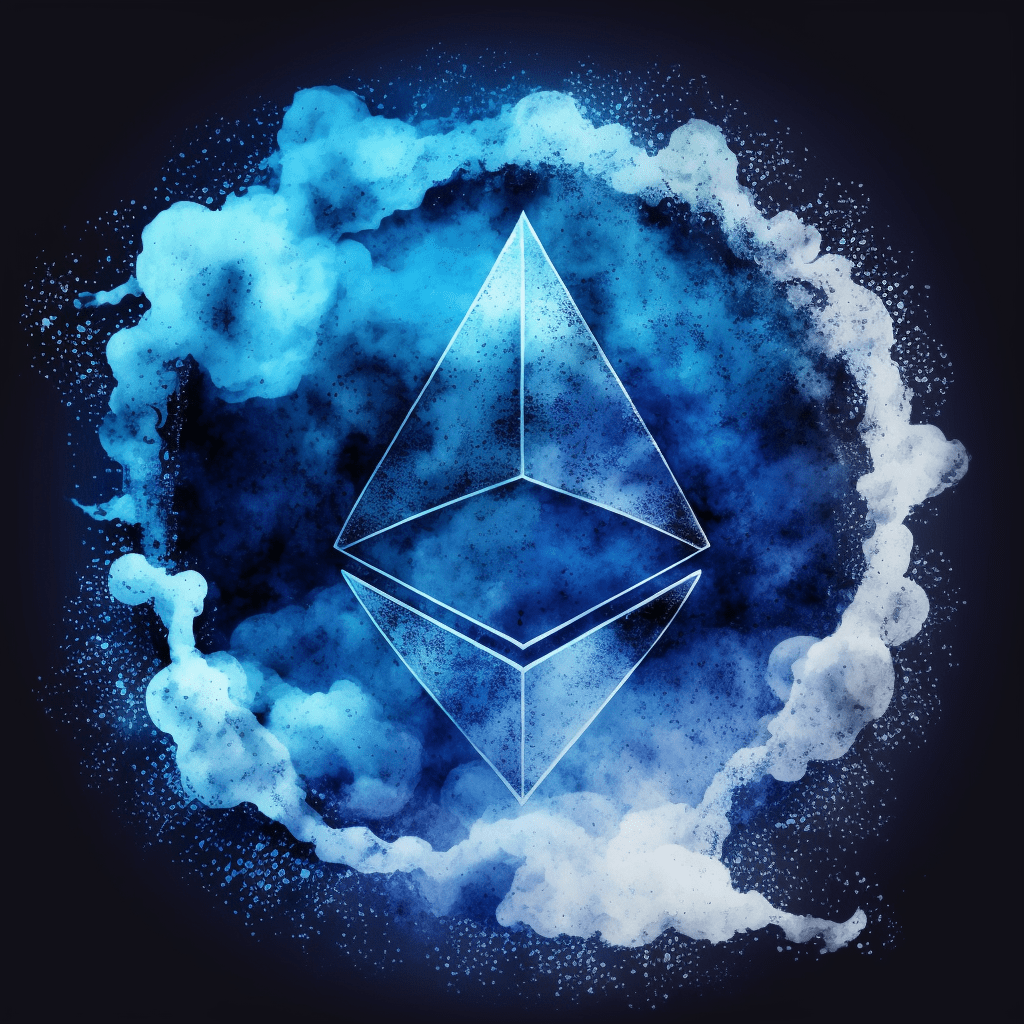
In the rapidly evolving world of blockchain and cryptocurrency, non-fungible tokens (NFTs) have burst onto the scene, leaving many captivated by the endless possibilities they offer. From artists to investors, to tech enthusiasts, people from various walks of life are keen on exploring this new frontier. However, one of the first barriers to entry into the NFT space is understanding its unique lingo.
When you’re new to the world of NFTs, it’s easy to get tangled in the complex terminology that comes with it. Fear not, we’re here to help you unravel this intricate web of phrases and jargon so you can navigate the NFT universe with confidence.
Non-Fungible Tokens (NFTs)
The term that has captured the world’s imagination, NFTs stand for Non-Fungible Tokens. Unlike cryptocurrencies like Bitcoin or Ethereum, which are fungible (interchangeable with each other), NFTs are unique. They represent digital assets such as art, music, virtual real estate, or even tweets. Each NFT has distinct properties and values that can’t be replicated, hence the term non-fungible.
Blockchain

At its core, NFTs are built on blockchain technology. A blockchain is a decentralized digital ledger that records all transactions across multiple computers so that any involved record cannot be altered retroactively. For NFTs, most are built on the Ethereum blockchain, but other blockchains like Binance Smart Chain, Flow, or Tezos can also support NFTs.
Smart Contract
A critical component of NFTs is the smart contract. These are self-executing contracts with the terms of the agreement directly written into lines of code. In the context of NFTs, smart contracts define the rules around the creation and transaction of the NFT, such as how many copies of an NFT can exist or how much the creator earns on future sales.
Minting
When you hear the term minting in relation to NFTs, it refers to the process of turning a digital file into a non-fungible token on a blockchain. This digital file can be any form of digital art – an image, a video, a music file, etc. The act of minting gives this file a unique identifier, transforming it into an NFT that can be bought, sold, and held like any other asset.
Gas Fees

Gas fees might sound like a term related to your car, but in the NFT world, it refers to the transaction fees on the Ethereum network. When an NFT is minted, bought, or sold, a gas fee is paid to the Ethereum network to process the transaction. These fees can fluctuate based on network congestion and can sometimes become a significant cost consideration when dealing with NFTs.
Royalties
Royalties in the NFT realm isn’t too far off from the traditional sense. They represent a percentage of sales that goes back to the original creator every time the NFT changes hands. This is a groundbreaking feature of NFTs, enabling artists to benefit from their work’s secondary sales, which wasn’t possible with physical art.
Wallet
In the context of NFTs, a wallet refers to a digital wallet where you store your cryptocurrencies and NFTs. These can be online services, software on a device, or even a hardware wallet. Some well-known wallets compatible with NFTs include Metamask, Trust Wallet, and Coinbase Wallet.
Marketplace
The marketplace is where the magic happens. It’s a platform where NFTs are bought, sold, and displayed. Different marketplaces cater to different types of NFTs and communities. Some of the popular NFT marketplaces include OpenSea, Rarible, and NBA Top Shot.
ERC-721 and ERC-1155
These terms might seem a bit technical, but they’re important in understanding the standard protocols for NFTs on the Ethereum blockchain. ERC-721 is the standard for the creation of non-fungible tokens, while ERC-1155 allows for the creation of both fungible (like cryptocurrencies) and non-fungible tokens. Each token standard has its own set of rules and features, which can impact the capabilities of the NFTs created under them.
Decentralized Finance (DeFi)
While not exclusive to NFTs, DeFi is a crucial term in the broader blockchain and cryptocurrency world. It refers to financial services, like lending or trading, provided through decentralized platforms, i.e., without intermediaries like banks. NFTs are increasingly intertwined with DeFi as people explore ways to use NFTs for financial activities like collateral for loans.
Final Thoughts

In wrapping up the terminology exploration, it’s crucial to acknowledge that the language around NFTs is always evolving, just like the technology and the market itself. As you dive deeper into the realm of NFTs, you’re likely to encounter even more jargon. However, armed with these foundational terms, you’re well on your way to becoming fluent in the language of digital assets.
